I've put off blogging about my two-day trip to Cincinnati last week for the GWA Region III Meeting and Cincinnati Flower Show, because I hardly know where to start to recount all the fun Mom and I had. Not kidding either. It almost reminded me of the time that I went on our older daughter's 8th grade trip to Washington, D.C. Not a wasted moment!
The meeting was held at the
Cincinnati Zoo and Botanical Gardens, which was an excellent choice of venues. After visiting the
Toledo Zoo a few weeks ago with my Master Gardener class, and now this one, I'm beginning to think that zoos are a well-kept secret when it comes to horticulture.
We had a pizza and salad lunch to start out, and I spent most of my time renewing friendships with those I'd met before (Carol of
May Dreams Gardens and Carolee of
Carolee's Herb Farm), meeting friends I'd made on Twitter and Facebook (Patty Craft from
Horticulture Magazine, Maria Zampini from
Lake County Nursery, and Stacy Walters from
The Good Life With Stacy), and chatting with all the other wonderful people that were in attendance.
After we got our tummies full, we embarked on a short tour of some of the zoo's horticulture facilities, namely the CREW (Conservation and Research of Endangered Wildlife) building, where research takes place. It is a state-of-the-art facility devoted to the preservation of endangered animals and plants.
One of the goals of the center is to propagate and reintroduce endangered species so as to preserve them and increase their population in the wild. One of the plants they are actively working on is the
Northern Wild Monkshood (
Aconitum noveboracense), growing near Akron, Ohio.
The zoo has a large rain garden which contains a number of native plant species.
Rain garden
As we walked the zoo grounds, only occasionally were we reminded that we were in a zoo, since we were so focused on the horticultural treasures here. Though we didn't get to see the thousands of tulips in all their glory, due to the early spring, there were enough blooming that the display was still impressive.
Tulipa 'Monsella'
After the short zoo tour, we drove to
Spring Grove Cemetery and Arboretum, where we took a short walking tour. In addition to many famous people being interred here, it is home to 21 state champion trees and 2 national champion trees.
State Champion Cedar of Lebanon (Cedrus libani)
Cornus florida 'Spring Grove'
Look at the size of its blooms!
We returned to the zoo for dinner, where we were privileged to hear two speakers: Brian Jorg, who spoke to us about spring wildflowers (a favorite topic of mine!) and Steve Foltz from
PlantPlaces.com, which is a database of the location of specific plants, including trees. On this website, you can see photos as well as find the location of the actual plant, as the GPS coordinates are included in the listing.
The meal was wonderful and the chocolate lava cake dessert really hit the spot. But the pièce de résistance (for me, anyway) was when the lovely Patty Craft drew names for the gifts provided by the sponsors. There were t-shirts, planter boxes, color wheels, and two gift certificates for plant samples from Proven Winners for next spring, among other things.
Guess whose name was drawn for one of the Proven Winners certificates?
The garden writers were also gifted with wonderful swag bags containing books from
Timber Press, plants and idea books from
Proven Winners, plants from
Lake County Selections, gloves from
Womans' Work, a certificate for plant samples from
Blooms of Bressingham, seeds from
Natorp's (a local independent garden center), a nylon bag, hat and magazines from Horticulture Magazine, and many informational tidbits.
I'll be blogging about the second day of the meeting, too. Yes! There's more! The Cincinnati Nature Center, Bill Lee's Garden, Beth Karp's garden, and of course, the Cincinnati Flower Show. Stay tuned!
Thank you to those who made all of this possible - the sponsors, the GWA, the Cincinnati Zoo, Spring Grove Cemetery, and the Cincinnati Flower Show. I hope I didn't miss anyone!
More photos from Day I of the GWA Region III Meeting
™ on some of my more tender plants.












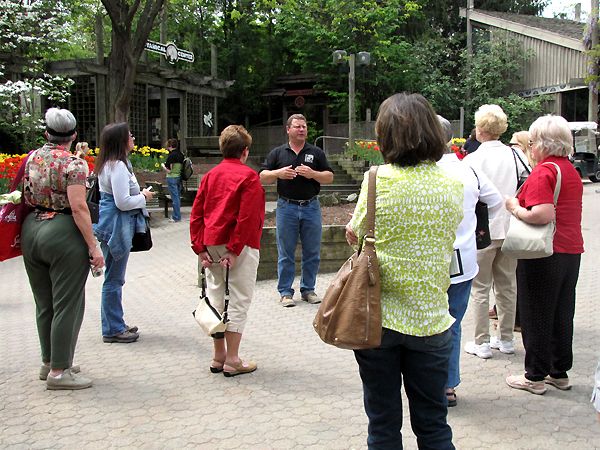
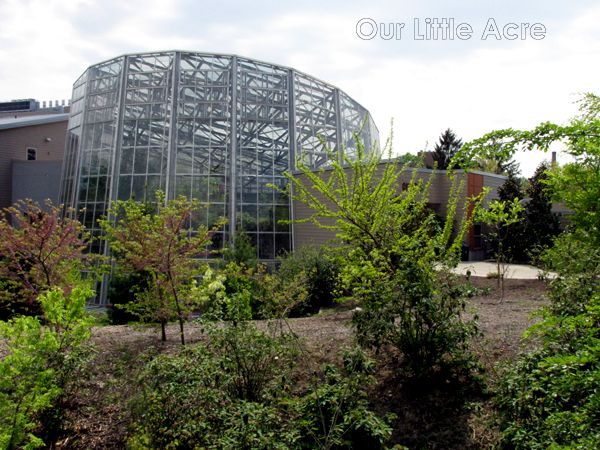



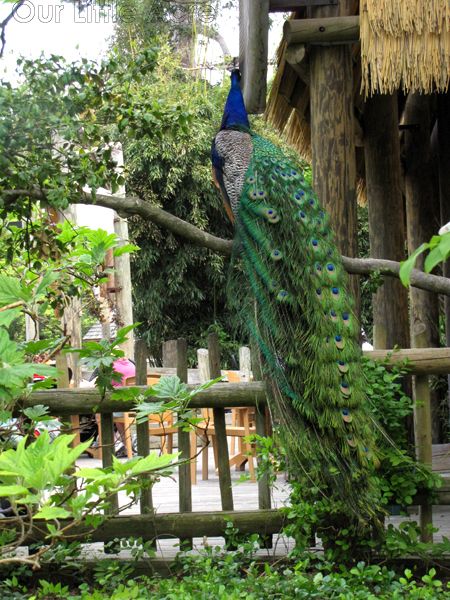
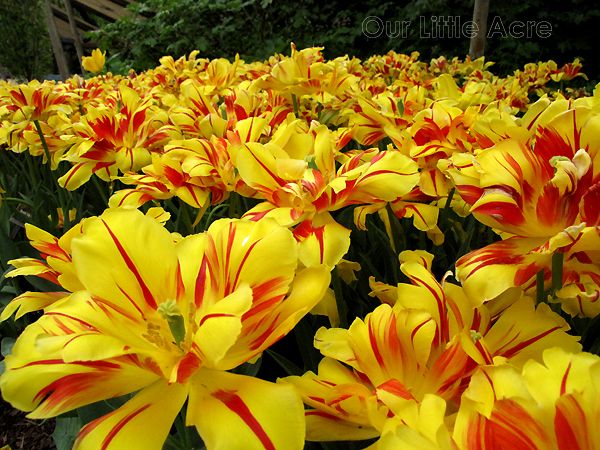
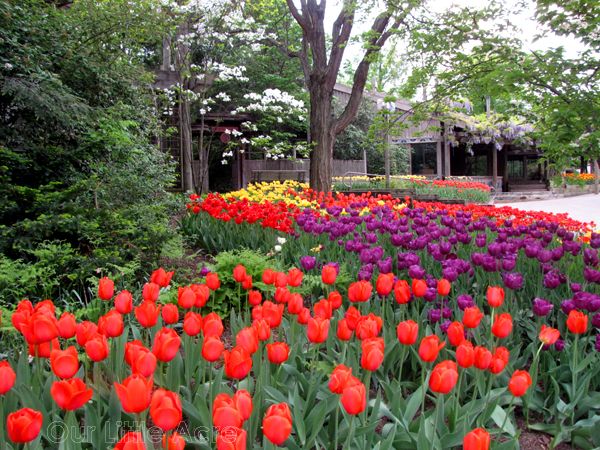
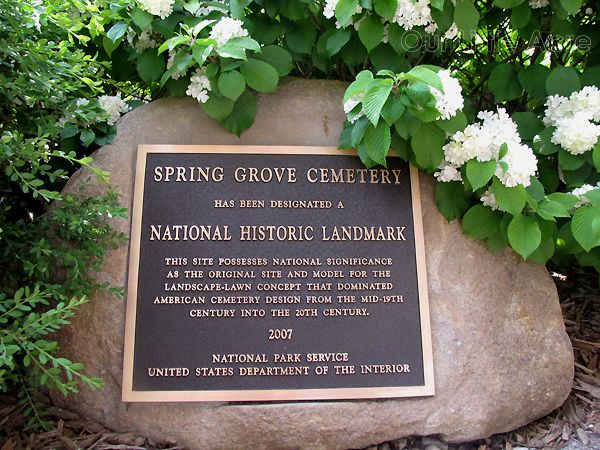


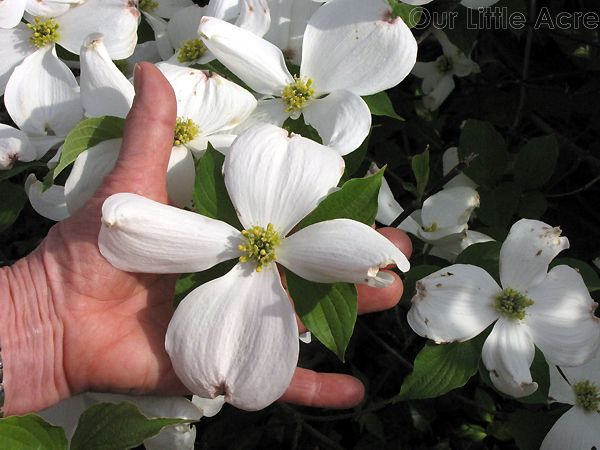
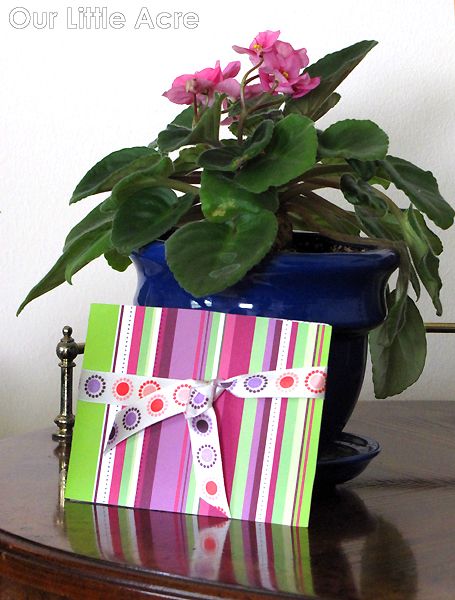
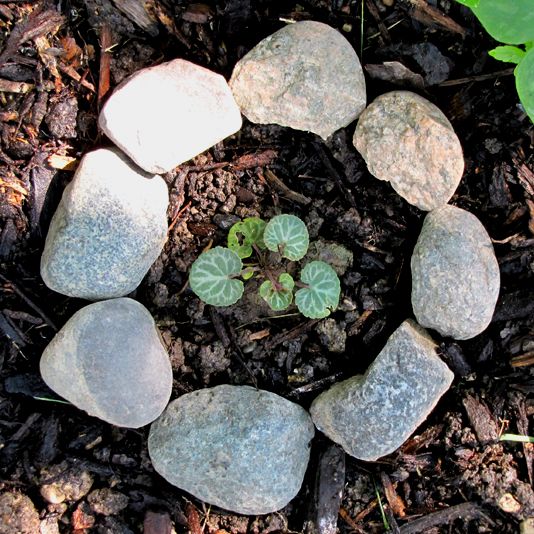
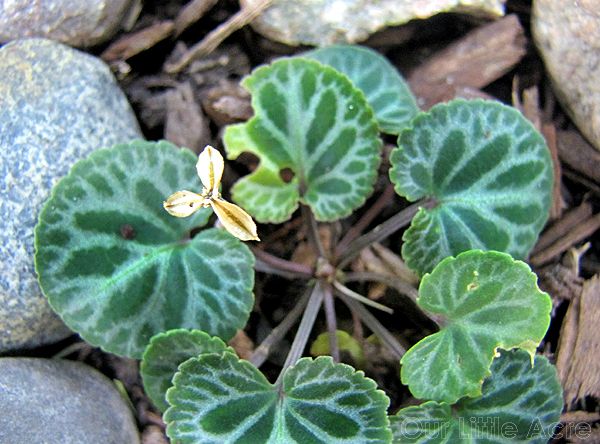




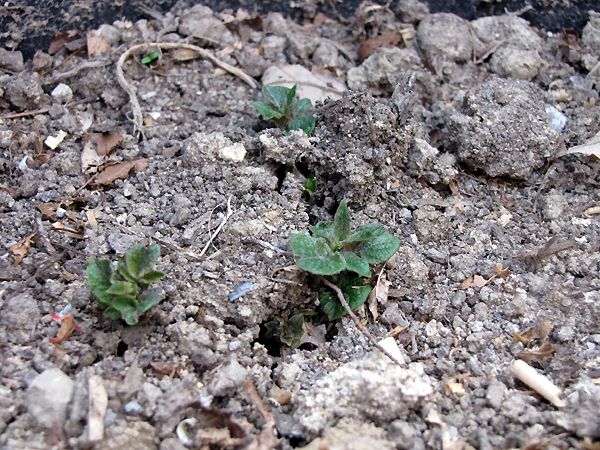


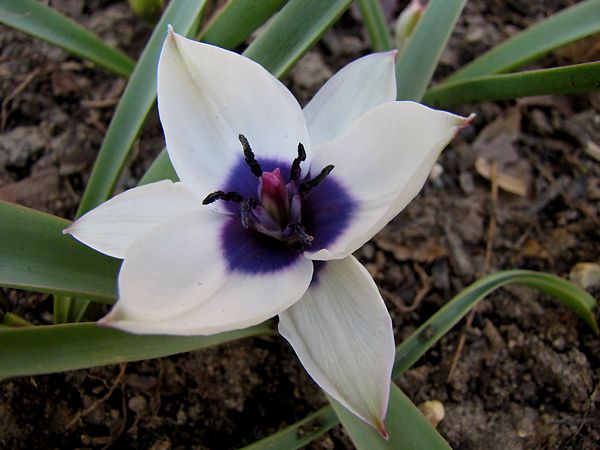
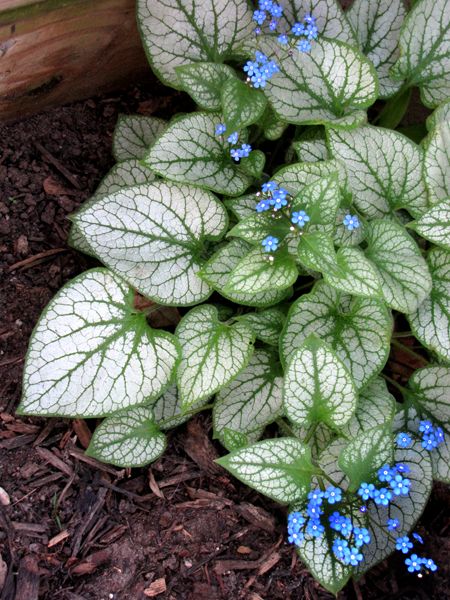
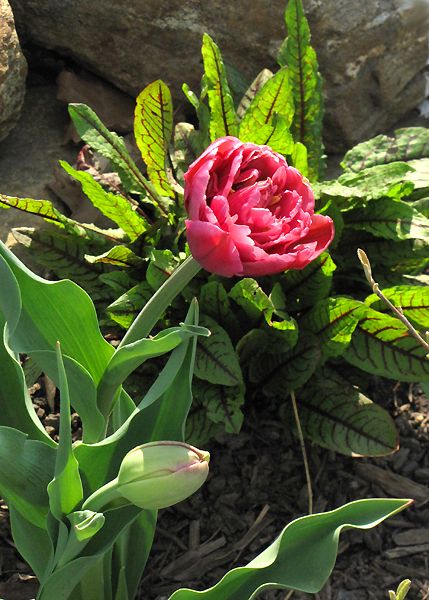
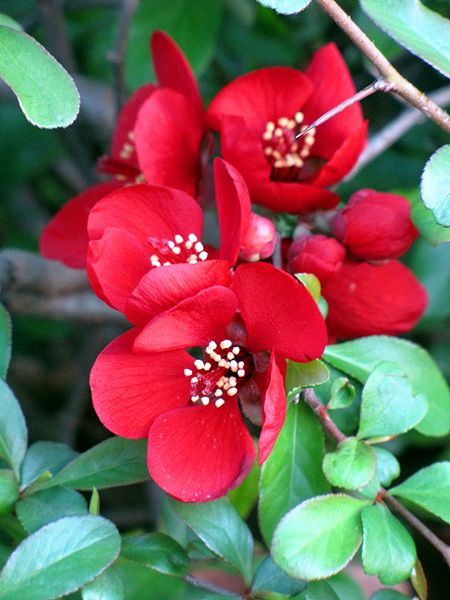
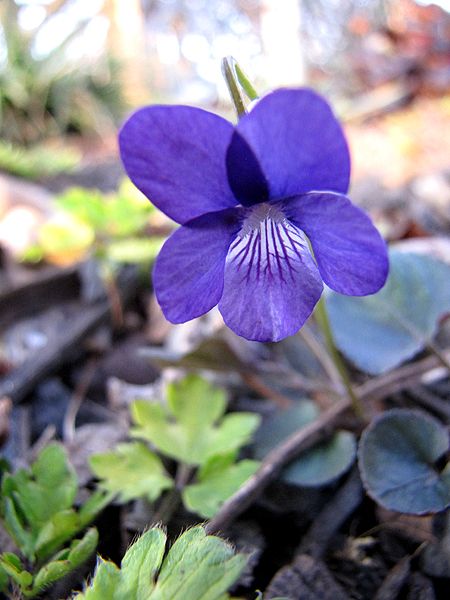


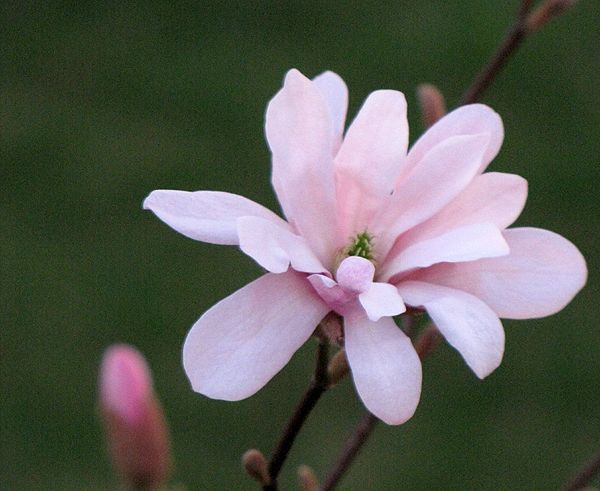
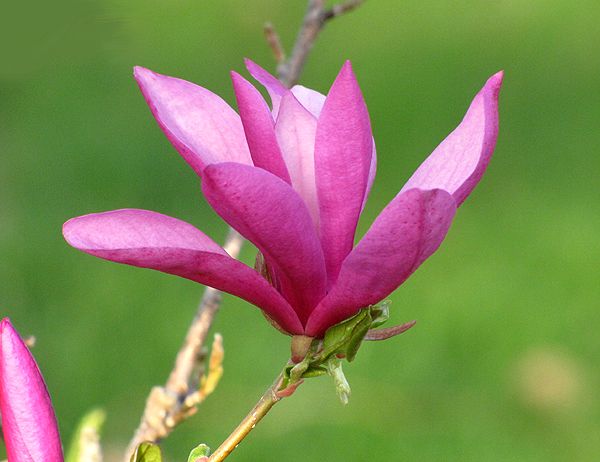
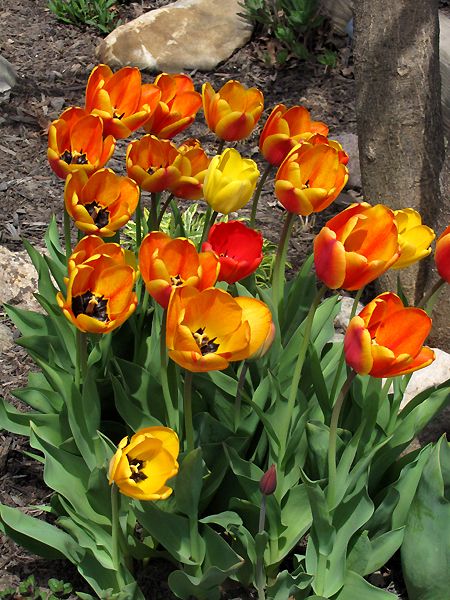
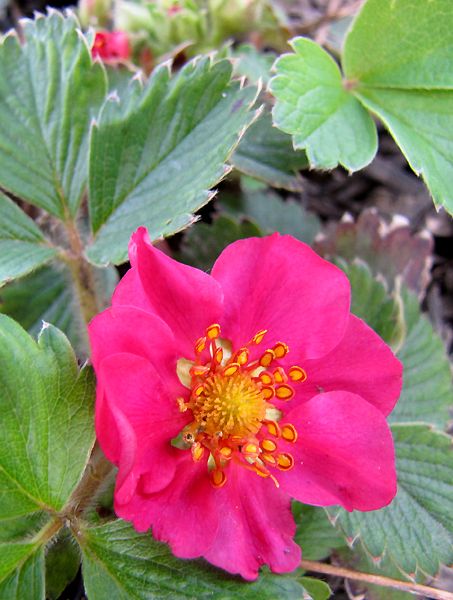
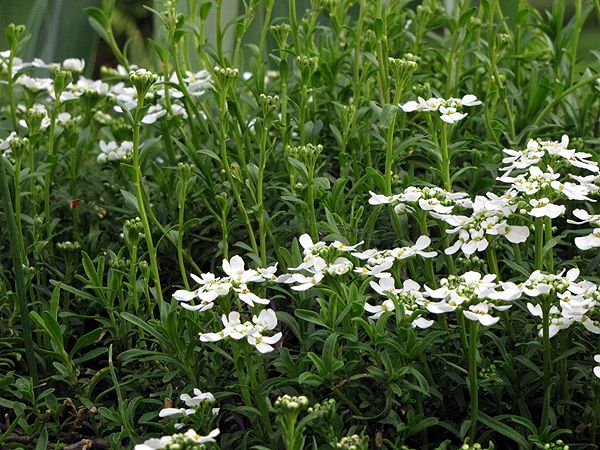

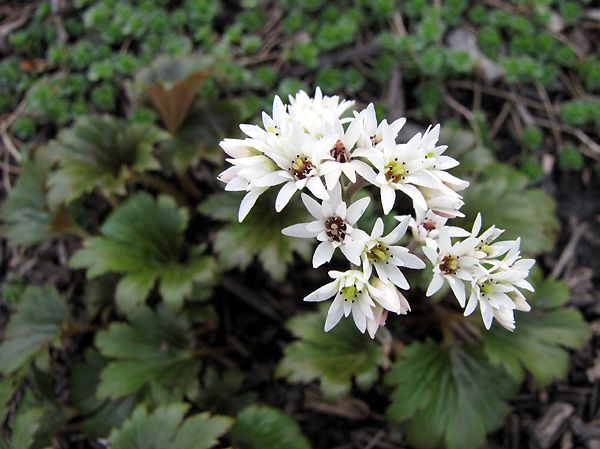
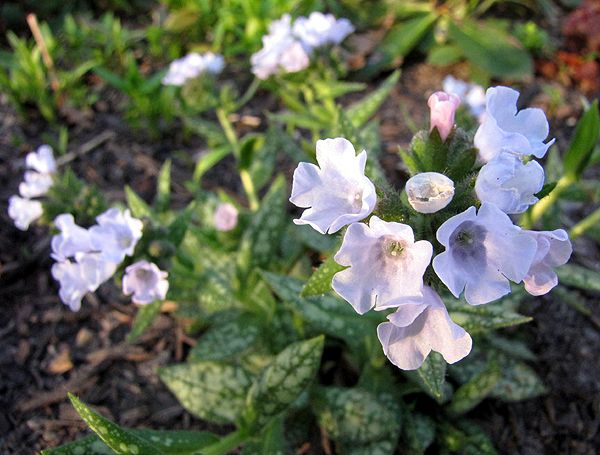

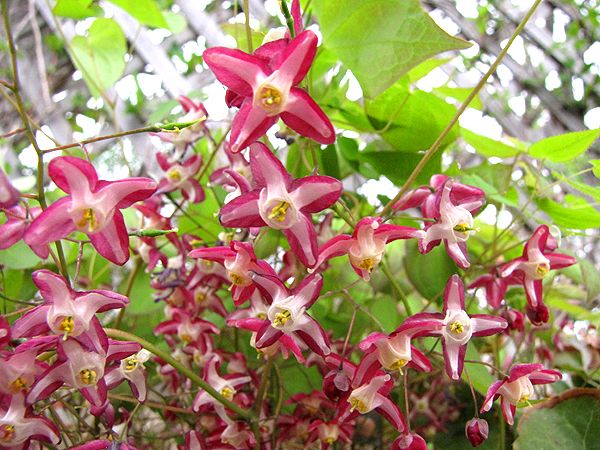

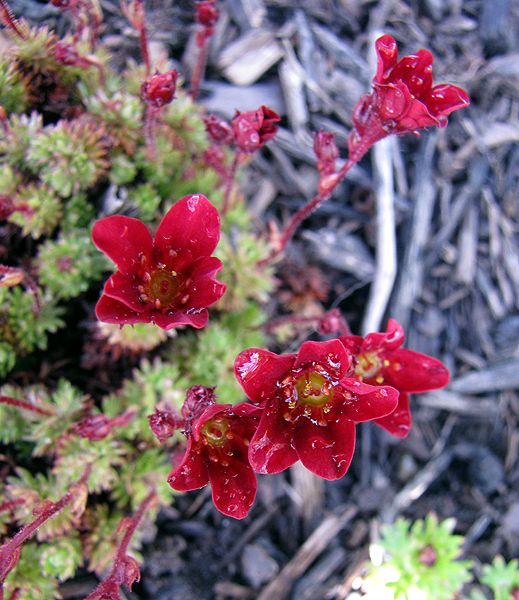


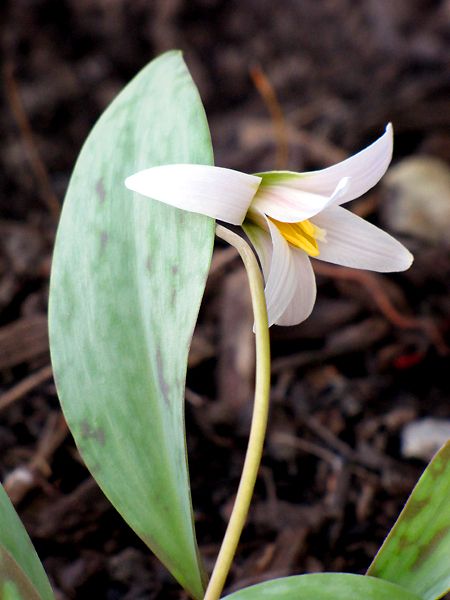
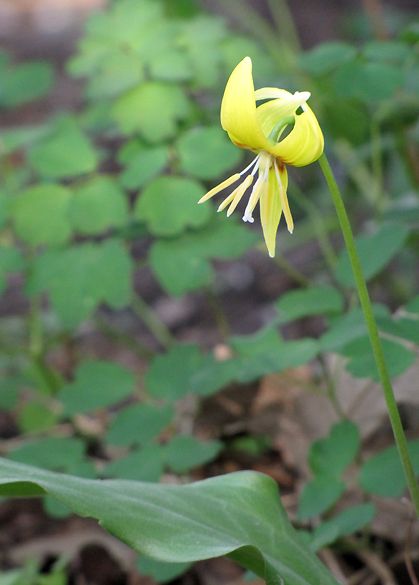
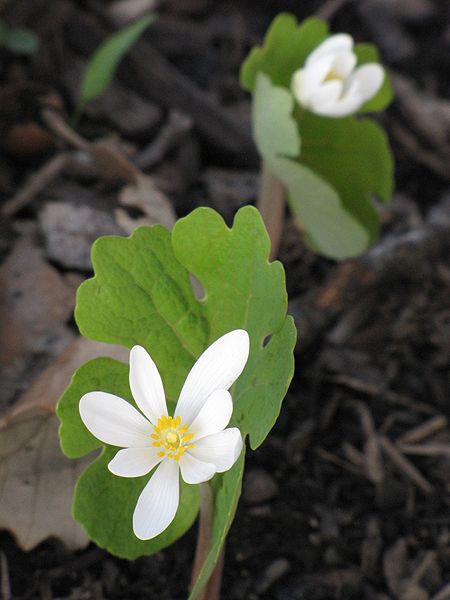

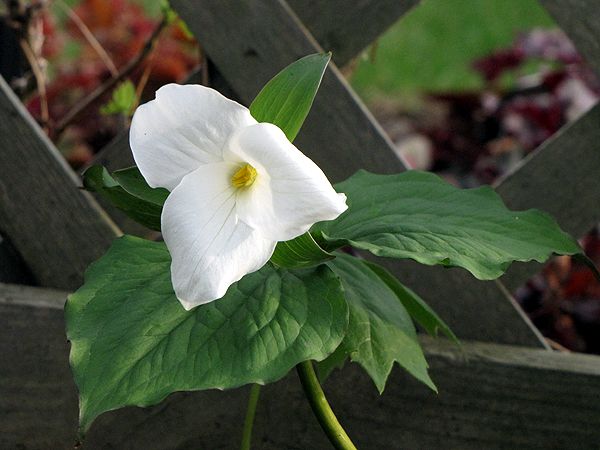


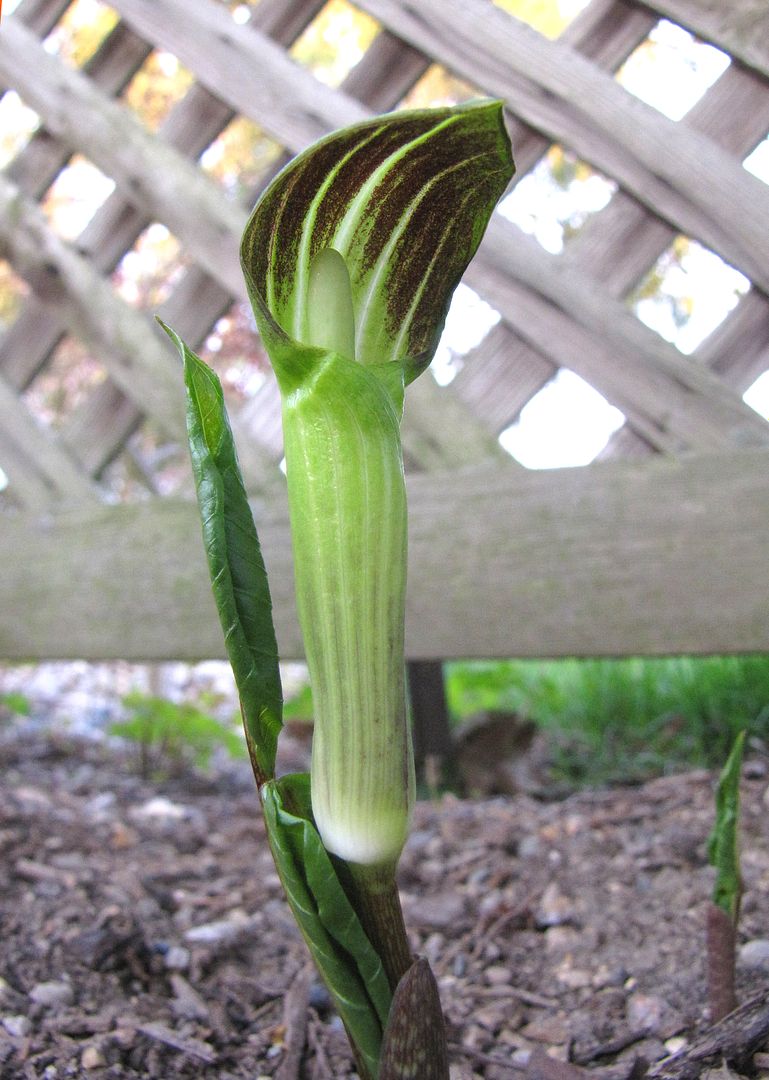
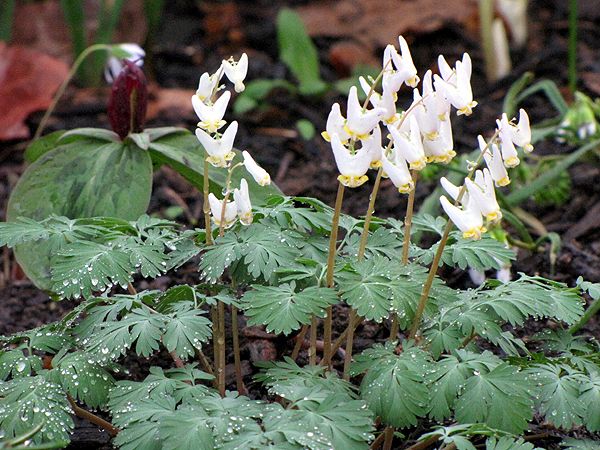
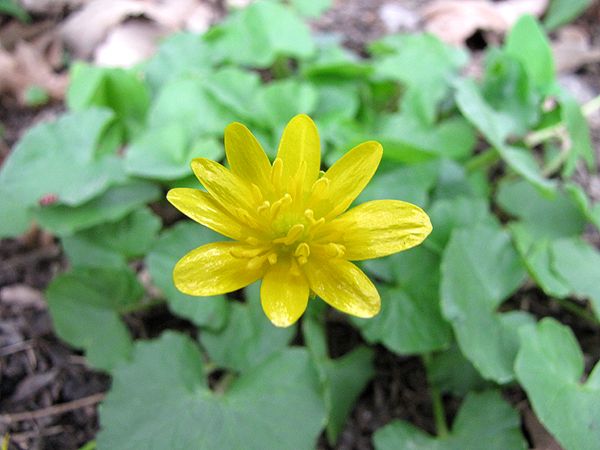

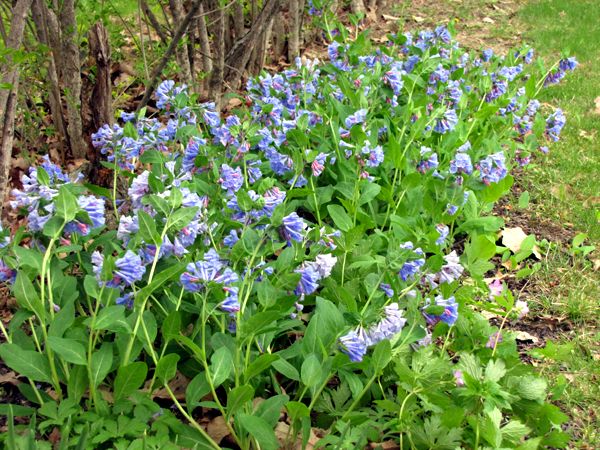

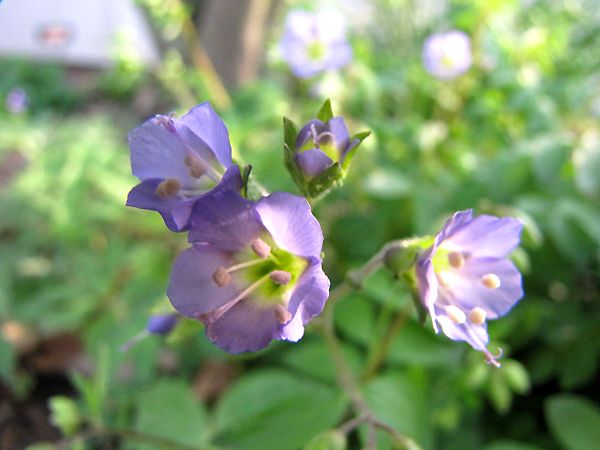






 "Bejeweled"
"Bejeweled"


